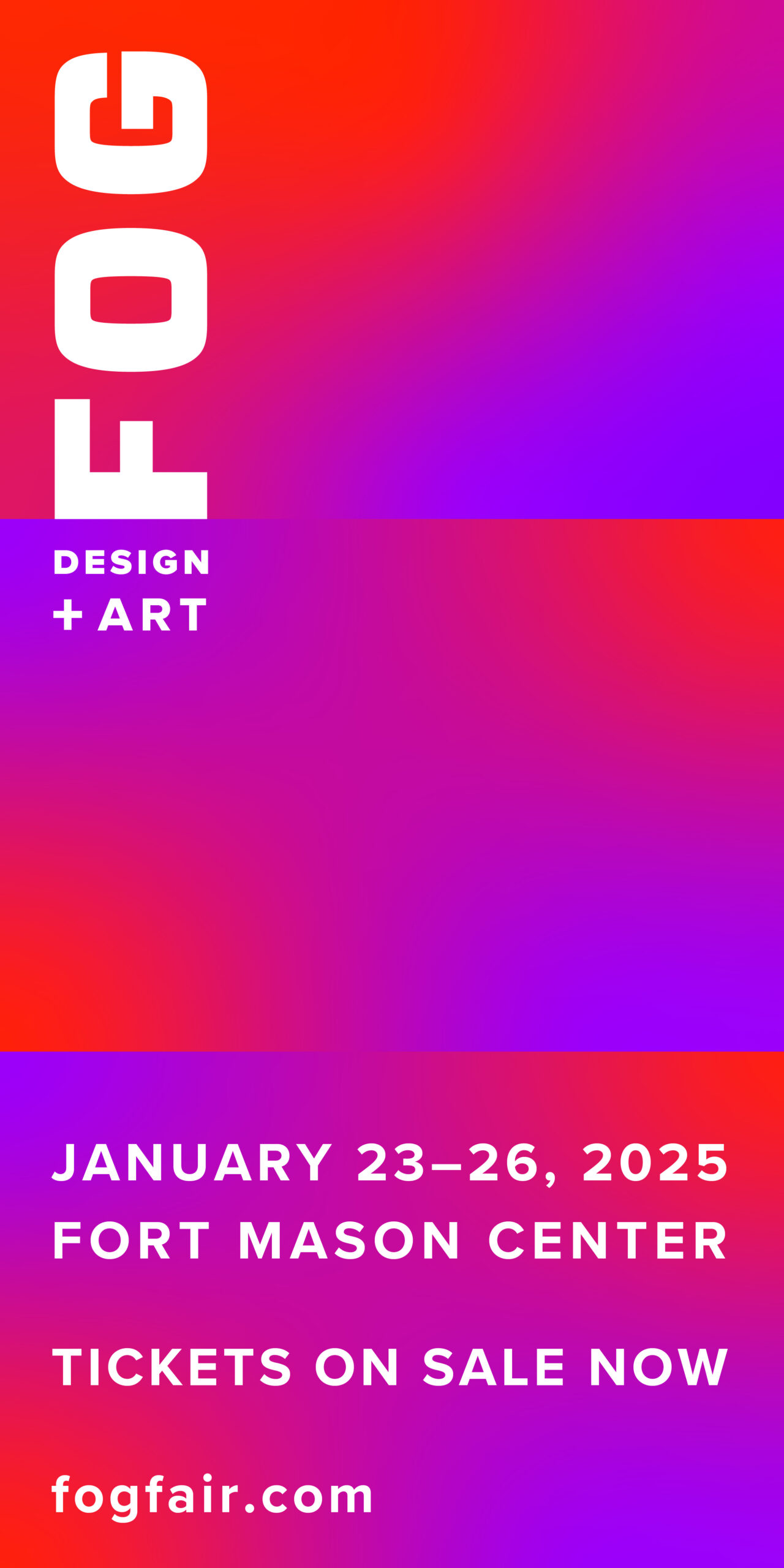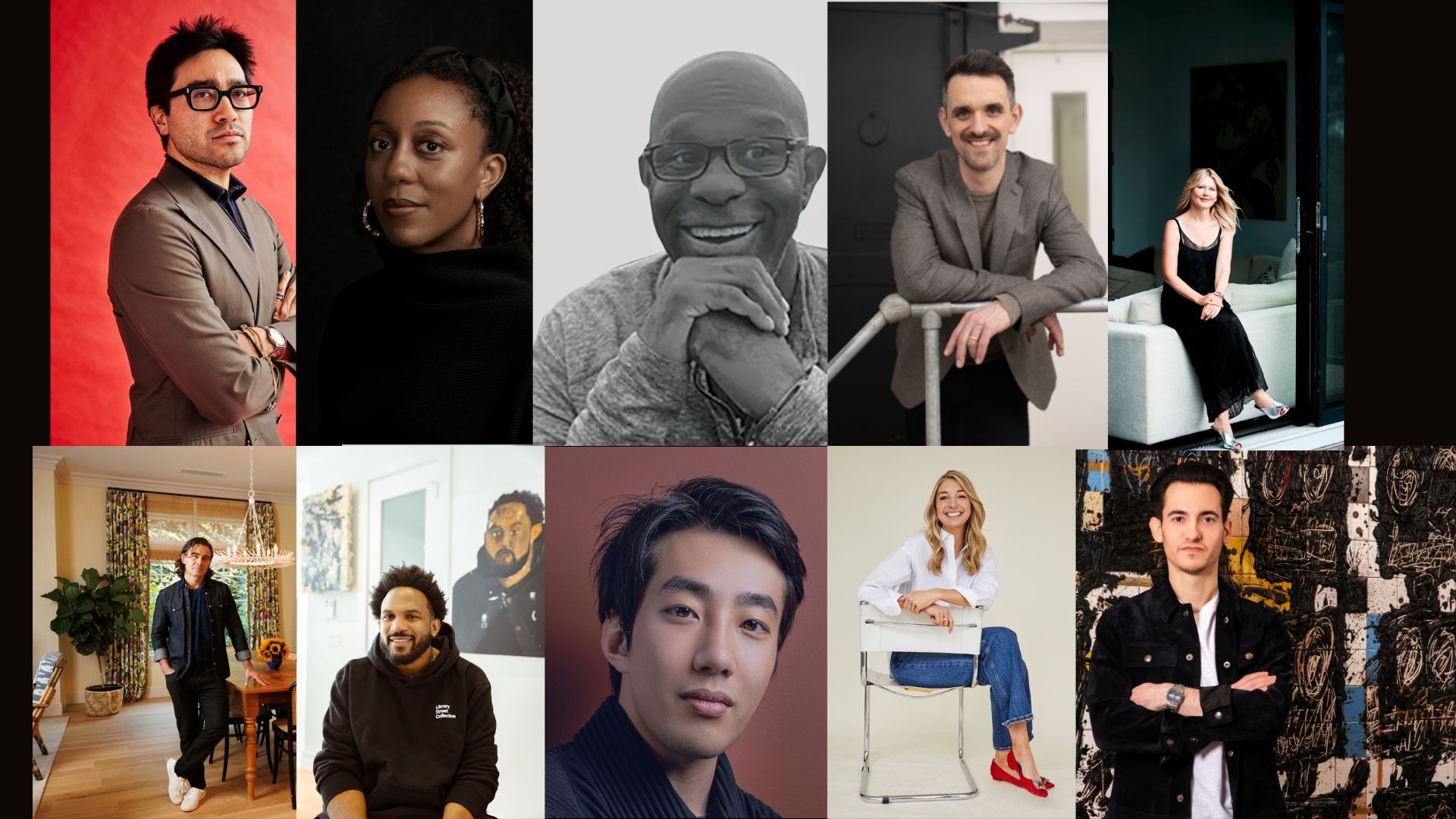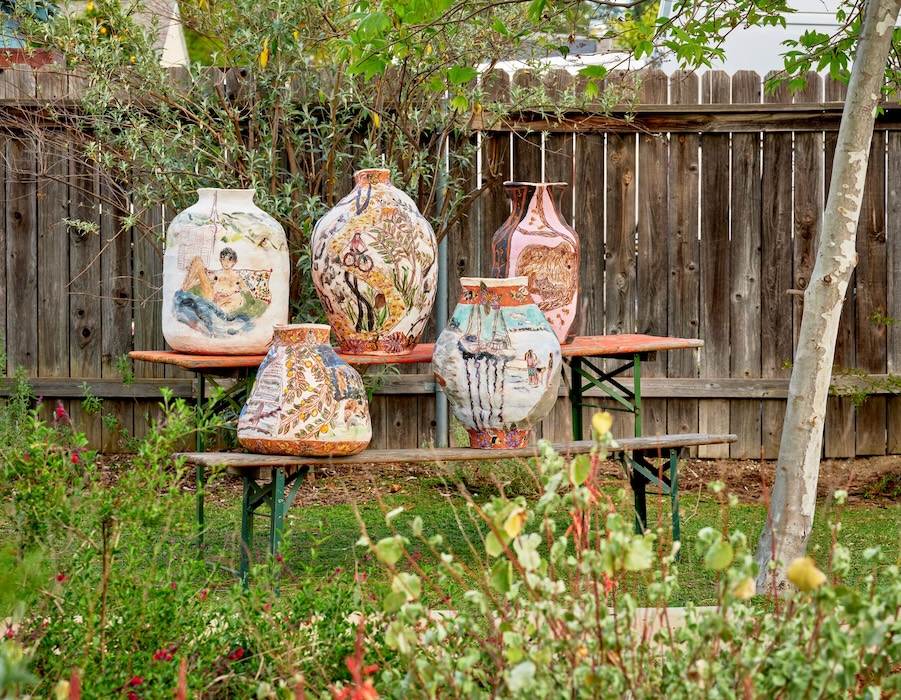In February, we met with Oskar Metsavaht in his New York home. The artist, environmentalist, and designer welcomed us with coconut water. His walls were covered with art and photographs, his home filled with plants and furniture made of natural materials.
Metsavaht founded the Brazil-based fashion company Osklen in 1989. The brand strived for sustainable practices from the beginning, grounded in Metsavaht’s philosophy of ASAP: As Sustainable As Possible. The idea is that we can’t get to 100 percent sustainability instantly. So instead of becoming discouraged, start somewhere, even if that means just 5 percent sustainable—whether it be in the materials themselves, or the in the way they’re produced. And as more opportunities to improve arise, take them.
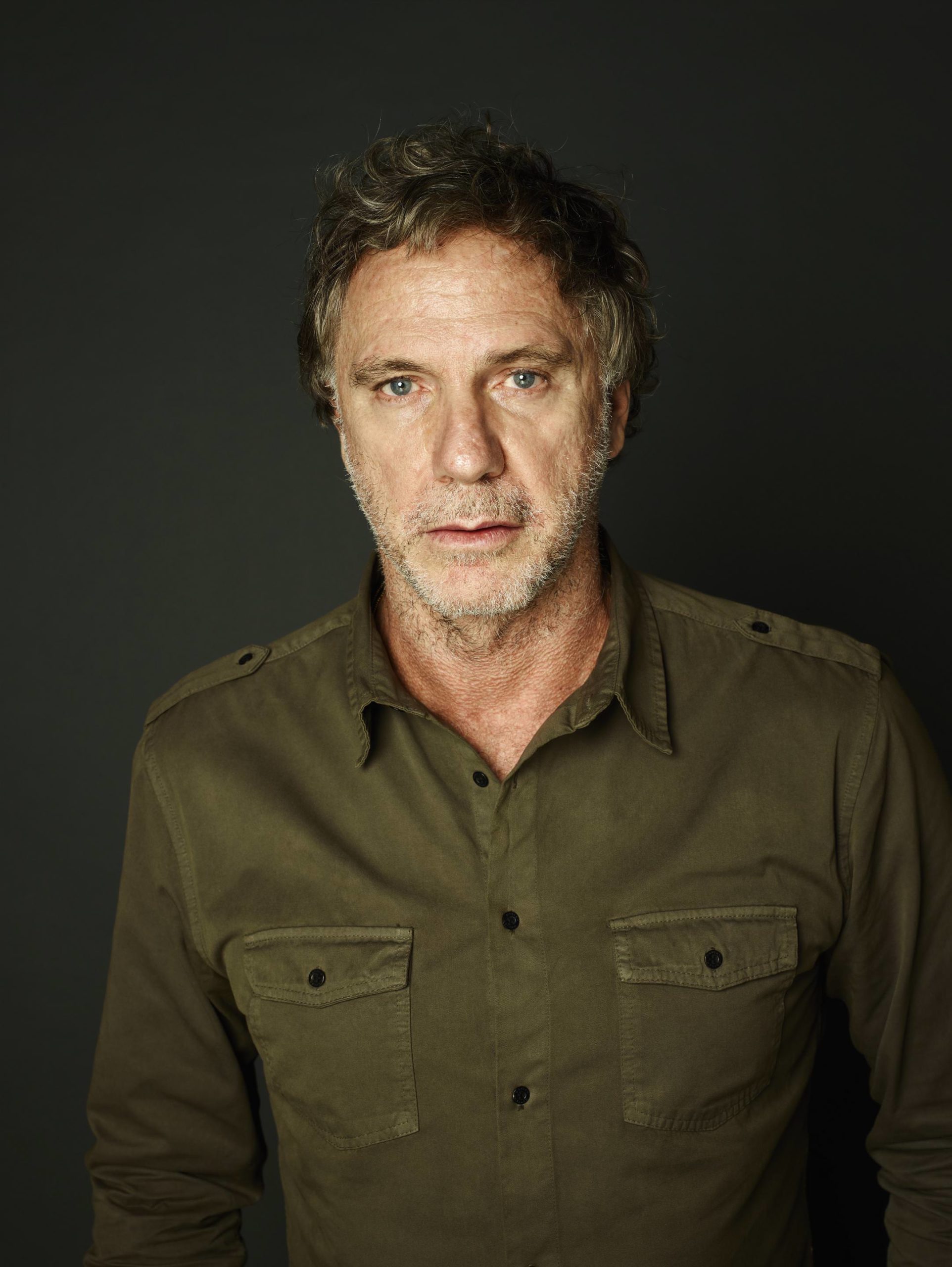 Courtesy of Oskar Metsavaht.
Courtesy of Oskar Metsavaht.
It started in 1998 when he wanted to use organic cotton for a T-shirt but ran into issues with expensive crops, production, and pricing. Together with research centers in Brazil, he pioneered a social and environmental project to understand what the challenges in being 100 percent sustainable were. ASAP guided his efforts. While working to correct the issues he came across, he created the nonprofit Instituto-E, which advocates for socially and environmentally sustainable projects.
Today, Metsavaht is involved in discussions about sustainability with organizations like the United Nations and the Conservation International, and is at the center of a case study called “Deeper Luxury” by World Wild Foundation and another by the Federal University of Rio de Janeiro. His ASAP philosophy calls for a new luxury concept: quality sustainable basics that can be worn for years.
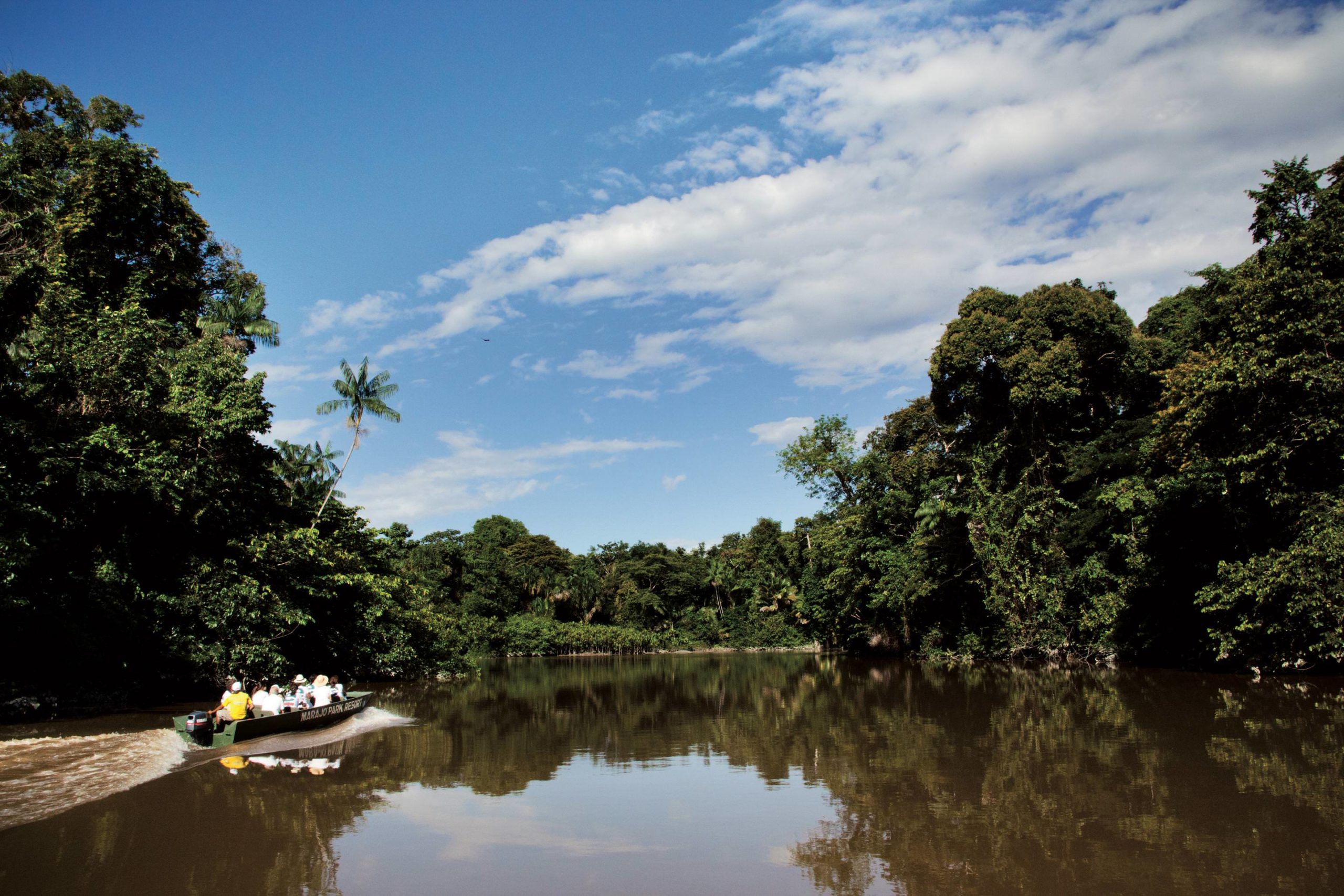 Courtesy of Oskar Metsavaht.
Courtesy of Oskar Metsavaht.
Whitewall spoke with Metsavaht about developing economically, using natural resources, and creating quality in a sustainable way.
WHITEWALL: How did sustainability become a passion of yours?
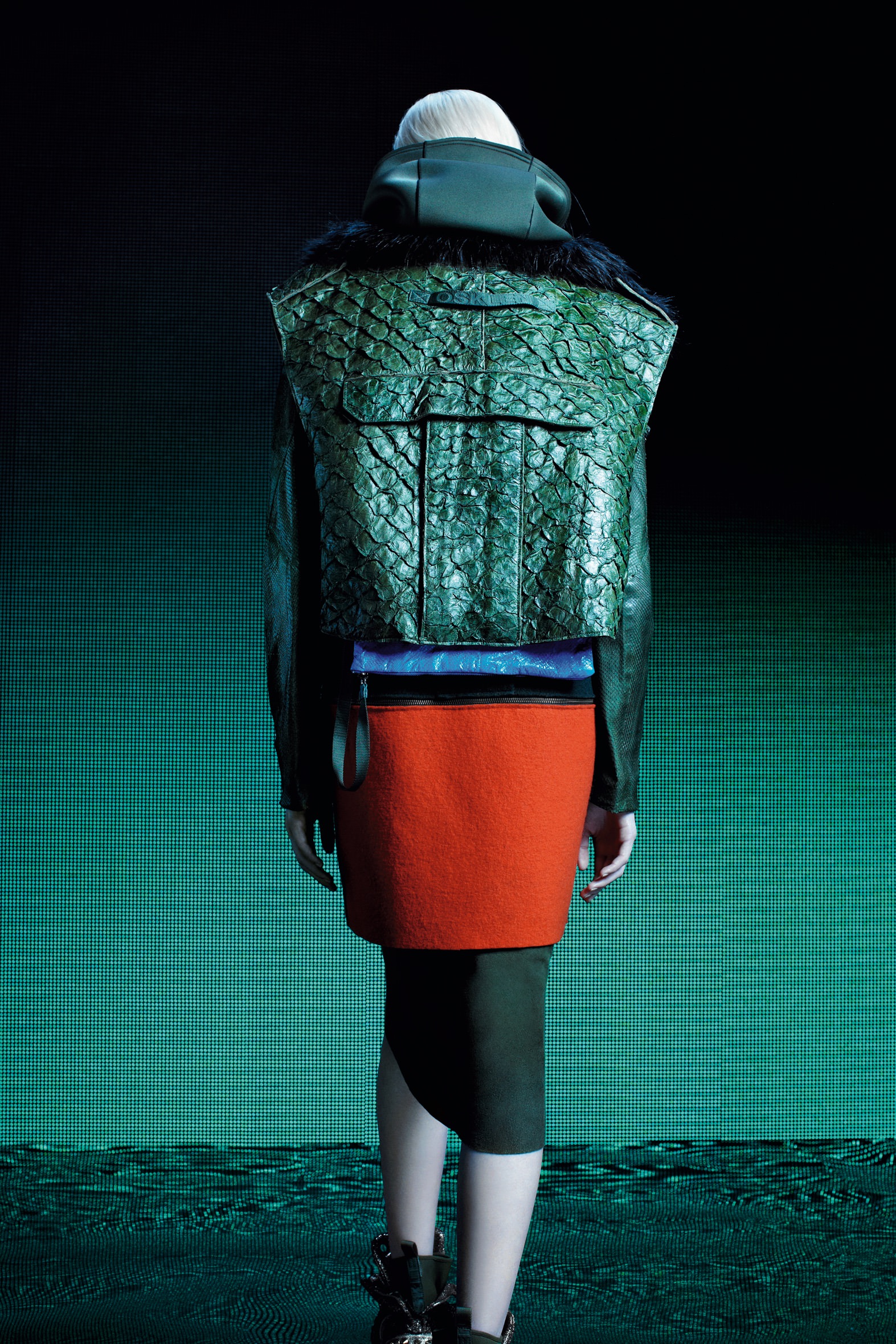 Courtesy of Oskar Metsavaht.
Courtesy of Oskar Metsavaht.
OSKAR METSAVAHT: My name Metsavaht means, in Estonian and Finnish, “forest guardian.” My grandparents came from Estonia to Brazil. Estonia has the largest proportional amount of millennial forests preserved in Europe. And culturally, it’s said it was because of the Metsavahts! From a young age, my grandfather and my father took me and my brothers in nature.
My mother was a philosophy teacher and founded some social and humanitarian projects in the south of Brazil. That’s why I like to develop end-support for not only environmental projects but social ones, too.
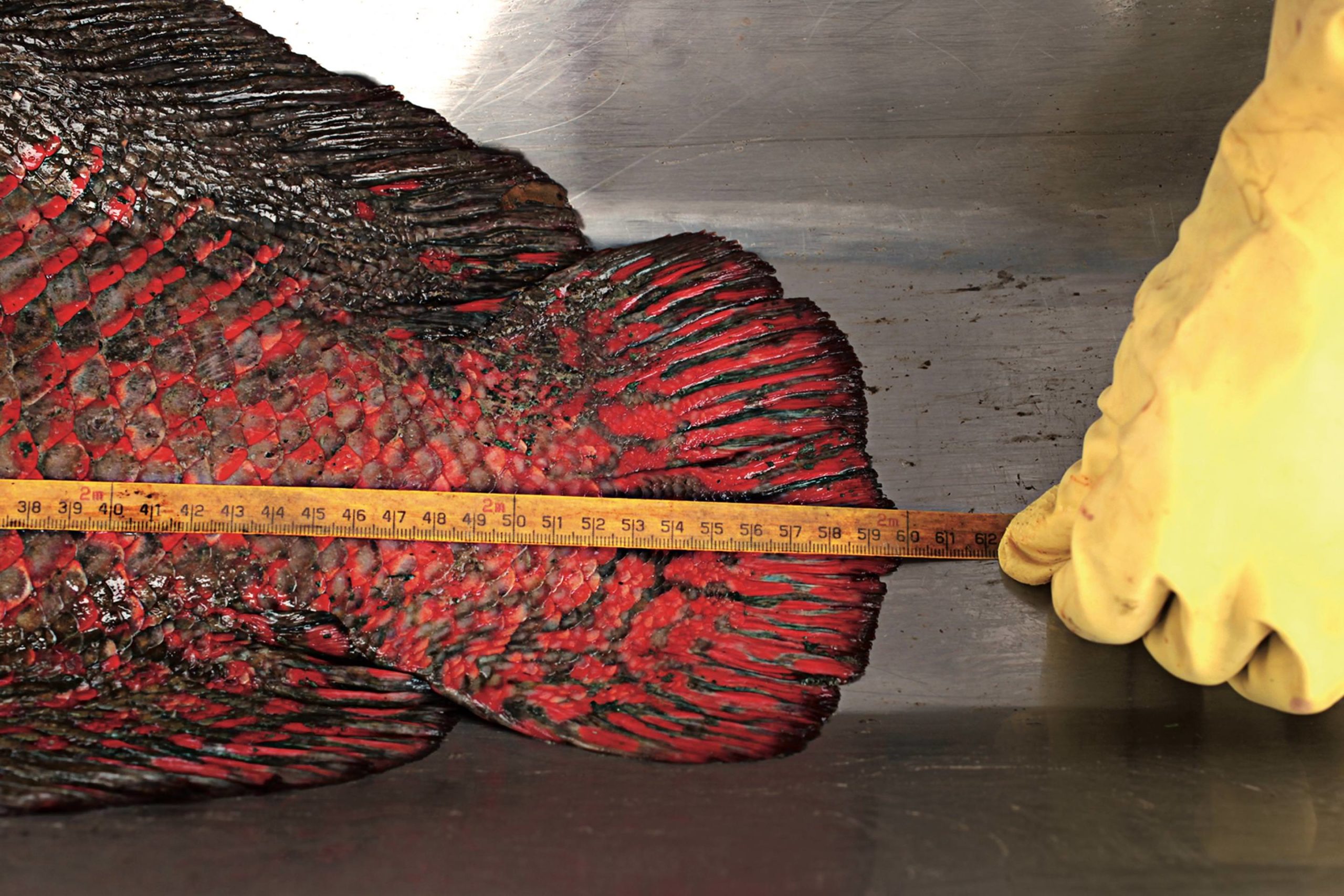 Courtesy of Oskar Metsavaht.
Courtesy of Oskar Metsavaht.
But I’m also a surfer and snowboarder, and have always loved the outdoors. I also practiced as a physician in the poor communities in Brazil, which shaped my vision on what the country needs in this new millennium, in a social and environmentally sustainable way. Being a creator and an artist, combined with being a physician, I asked, “Well, what’s my platform?” I decided I can bring those sustainable concepts into my T-shirts.
WW: Fashion is the number-two polluter in the world. How can changes there make an impact in the world?
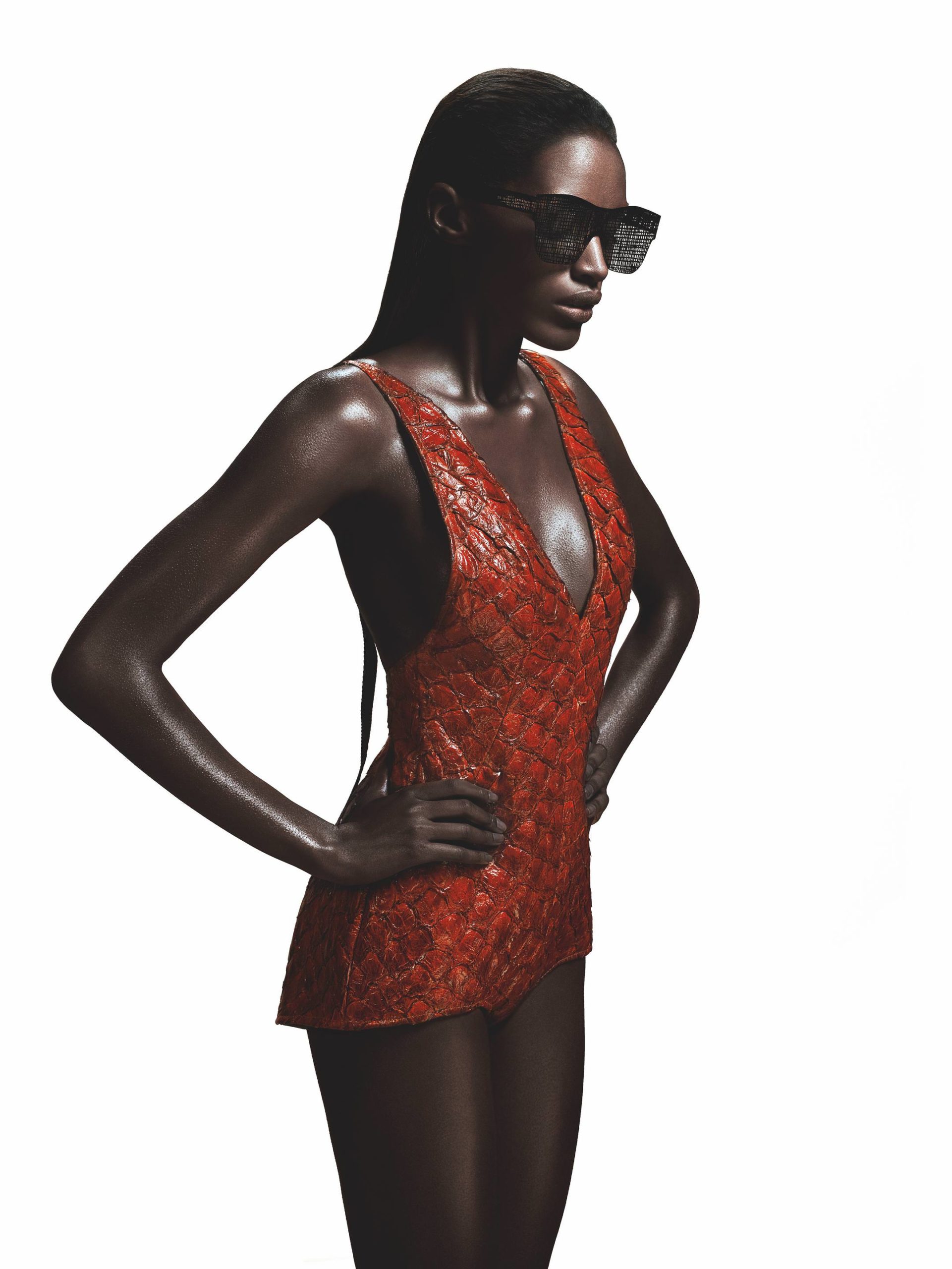 Courtesy of Oskar Metsavaht.
Courtesy of Oskar Metsavaht.
OM: I don’t see sustainability as only about the environment. The more contemporary way to think it is about human sustainability. It’s about empowering people to change their behaviors, from consumer practices to the industries and to the farms.
Fashion is a big polluter, but today we have new technologies to change that. And more are coming. What we need to do now is to educate ourselves. If we designers and artists think we are the trendsetters of society, it’s our responsibility to talk about this! The choice of materials is ours! The aesthetics to seduce society to admire and desire, those we can create.
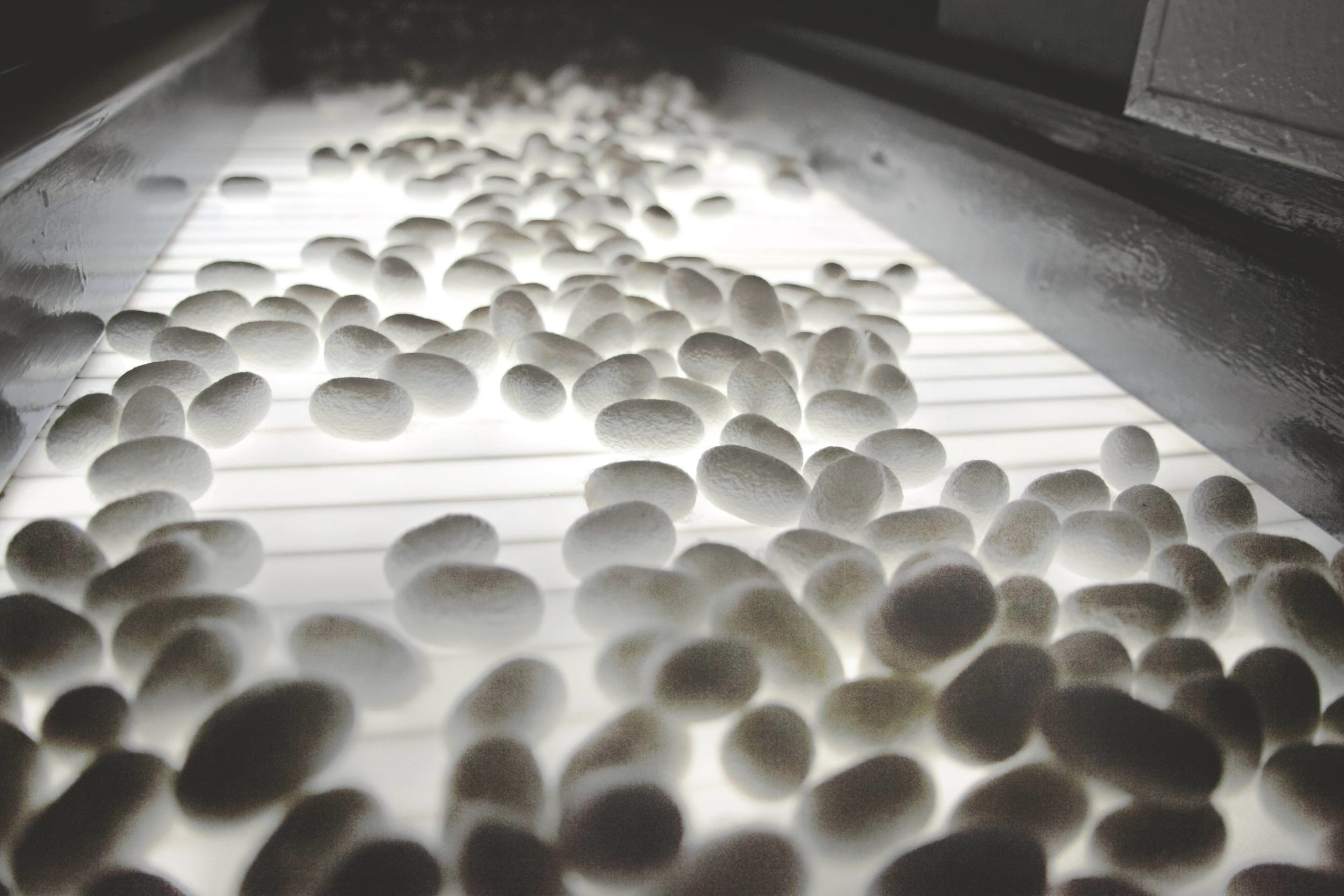 Courtesy of Oskar Metsavaht.
Courtesy of Oskar Metsavaht.
We have already been in the new millennium for almost 20 years! Sustainability in fashion or in any other industry should already be sine qua non status. And not in just the promotion of the brand, but in the chain of the process.
WW: Tell us a bit about Instituto-E, which you created almost 20 years ago.
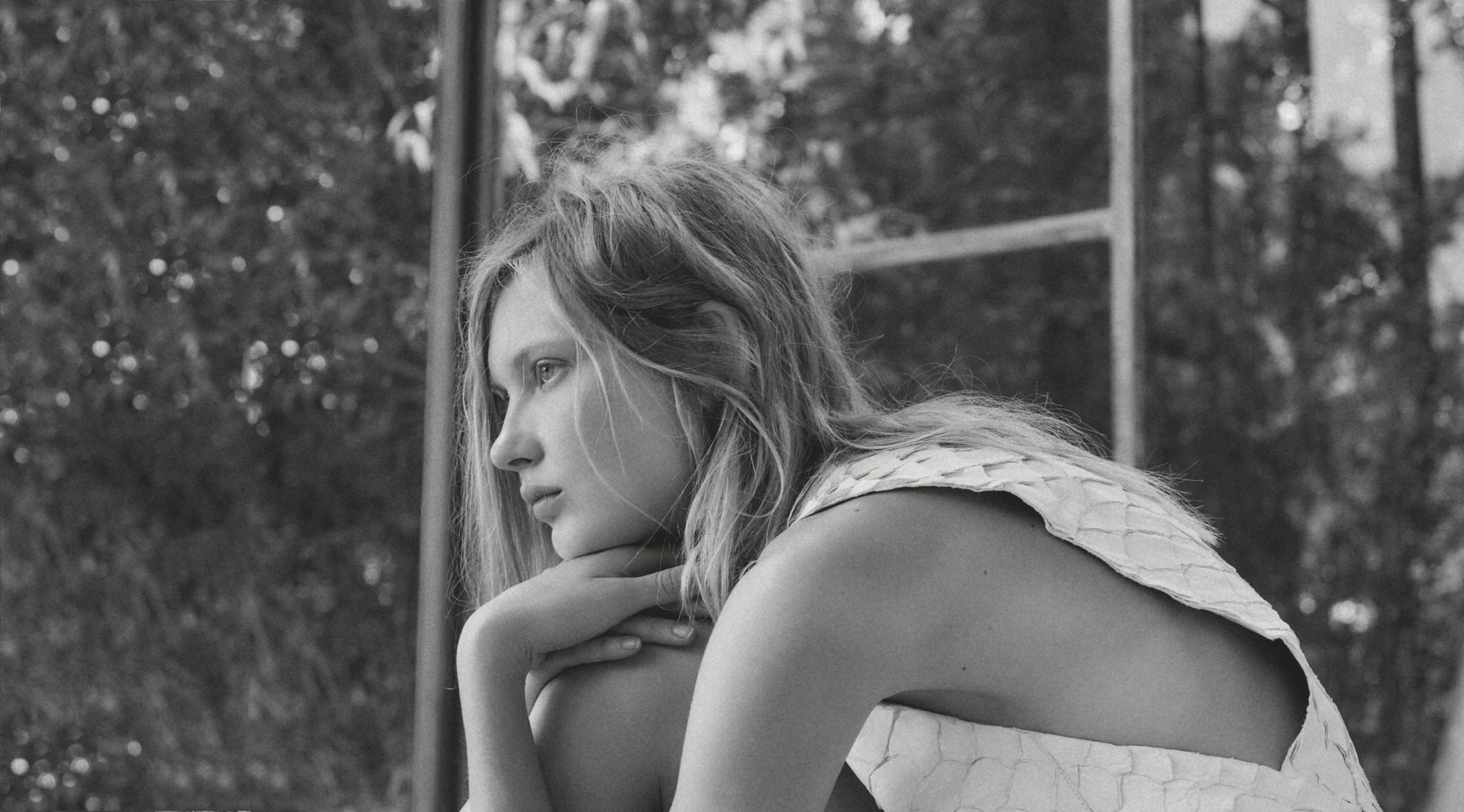 Courtesy of Oskar Metsavaht.
Courtesy of Oskar Metsavaht.
OM: Some years after the research on sustainable materials and practices for my collections, we understood that we achieved an expertise and wanted to develop that for fair trade. With the help of UNESCO in Brazil, we founded the Instituto-E to develop and promote projects in this eld.
WW: You have developed a guiding philosophy called ASAP—As Sustainable As Possible. Tell us how ASAP began.
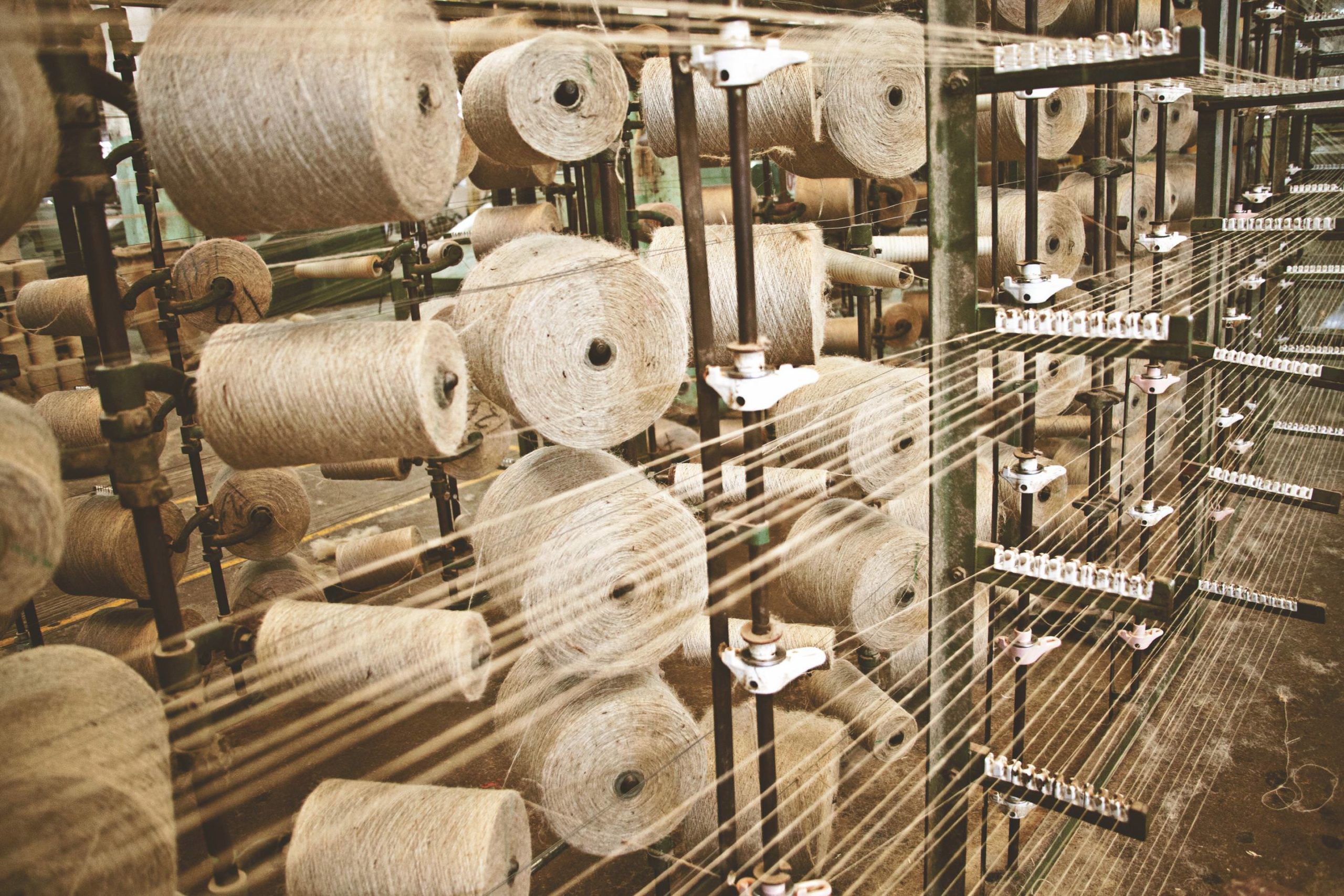 Courtesy of Oskar Metsavaht.
Courtesy of Oskar Metsavaht.
OM: ASAP is a concept that takes us out of the antiquated demands of the people and institutions that we—people, companies, or institutions—must be 100 percent sustainable now.
We forget that our civilization is coming from almost two hundred years of an industrial era where the philosophies and practices weren’t the same as today. We only began to discuss preservation institutionally in the 1950s in the UN, then, with the World Wildlife Foundation in the sixties, and with Greenpeace in the seventies. Sustainable development was first discussed in the unforgettable Rio ’92 UN summit, where this new concept, the Triple Bottom Line (social, environmental, and economic), changed the mindset on nature preservation.
The understanding of it was the key of the change, the romantic activism to an economic but sustainable developing world. But it wasn’t easy and took, and is still taking, time to change. I believe we helped it happen, as many others in the fashion and other industries. So what I did was exactly what we say now, ASAP, as sustainable as possible. Beginning with just 1 percent sustainable and not paying attention to the critics at the time, and just increasing as it was possible, respecting always the ideology and the criteria of sustainability. Now in 2018, our collection has 47 percent sustainable pieces from 38 suppliers we had developed them on the last 20 years.
WW: What are you doing now to propel ASAP?
OM: Continuing to do what we have been doing in the past—innovating and developing new materials and practices and optimizing the ones we use already. What is most interesting about our work isn’t that we use certain materials at Osklen; it’s much more. We developed, many from zero, projects inside the Amazon forest, inside favelas, inside poor communities, inside textile industries, inside open dumps. We’re empowering people, developing with companies, academic and research institutions, NGOs, and governmental institutions.
WW: What can the average consumer do today to be more sustainable?
OM: Consume less and less. And if you need to consume, choose what really ts to your style. Look to designers that are original, because their style will stand forever. Well-made pieces, with great materials, will last longer. It’s a sine qua non, from a sustainable source.
I’m really against fast fashion. Of course, it was interesting at first—the democratization of fashion. It gives opportunity to everybody, but I think we have to educate everybody on how to consume and understand the expression of fashion. Not having, but expressing yourself. Expressing yourself is fashion.
I really think what we are doing now, the contemporary way for fashion, is to use the basics more. Our cotton basics are recycled, and they must be sustainable—as sustainable as possible.







